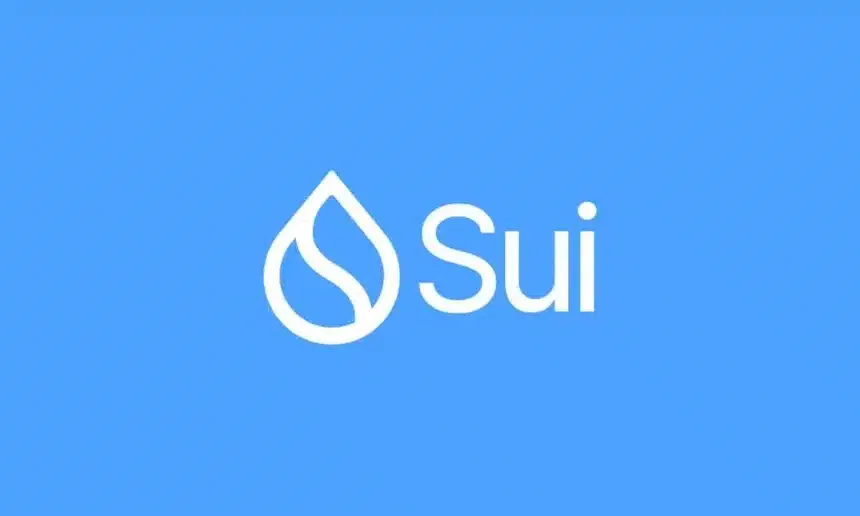When I first started researching new blockchain projects, Sui stood out as an intriguing example of innovation meeting practicality. It’s a next-generation layer 1 network designed to address the key challenges of scalability, security, and user accessibility. Developed by Mysten Labs, a team with roots in Facebook’s Libra project, Sui is built on the Move programming language, offering developers a unique and efficient environment.
A Glimpse into the Technology
At its core, Sui’s architecture is what sets it apart from traditional blockchains. Unlike conventional designs that rely heavily on consensus mechanisms for every transaction, Sui introduces a parallel transaction execution model. This allows transactions that do not interact with one another to be processed simultaneously, enhancing speed and reducing congestion.
Key technological features include:
- Move Programming Language: Designed with security and efficiency in mind, Move facilitates safer and more scalable smart contracts.
- Object-Centric Data Model: Transactions in Sui revolve around objects, enabling intuitive data organisation and faster execution.
- Horizontal Scalability: Sui can expand its capacity by integrating more nodes, ensuring that performance scales with demand.

Why Does Sui Matter?
I find Sui’s relevance lies in its ability to cater to the evolving demands of Web3. With its fast, low-cost transactions, the platform is especially suited for applications like gaming, decentralised finance (DeFi), and NFTs. Sui’s infrastructure is designed to empower developers and users by simplifying complex blockchain interactions, making it a platform worth understanding.
For instance, its focus on programmable assets and dynamic NFTs could pave the way for a new era of creativity and engagement within the decentralised space. This approach ensures that Sui is accessible to both seasoned developers and those new to blockchain technology.
How Does Sui Compare to Other Blockchains?
Sui operates in a competitive landscape, facing established players like Ethereum, Solana, and Avalanche. Here’s how it distinguishes itself:
- Execution Speed: By bypassing consensus for non-conflicting transactions, Sui delivers unmatched transaction throughput.
- Scalability: Its horizontally scalable design allows it to meet growing demand without bottlenecks.
- Developer-Friendly Tools: The Move programming language and Sui’s object-centric model simplify smart contract development, making the platform highly attractive to developers.

The Ecosystem and Future of Sui
Although Sui’s ecosystem is still in its early stages, its growth trajectory is promising. Projects focused on NFTs, Web3 gaming, and DeFi have already begun exploring its capabilities. With continued innovation and strategic partnerships, Sui has the potential to establish itself as a major player in the blockchain space.
From what I’ve observed, Sui’s ambition lies in fostering a decentralised future that prioritises both efficiency and inclusivity. As the blockchain industry evolves, platforms like Sui remind me that we’re just scratching the surface of what’s possible.















Discussion